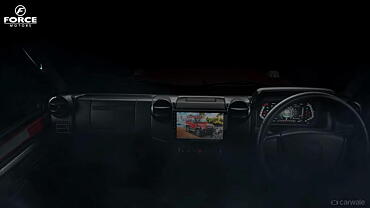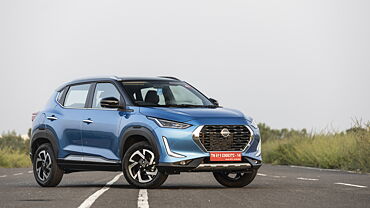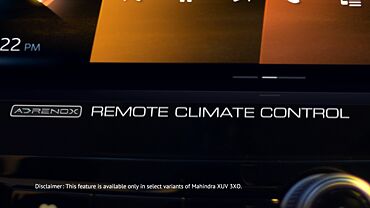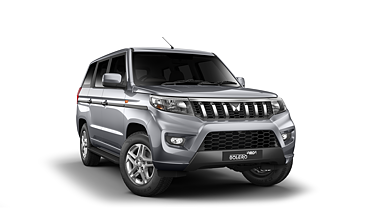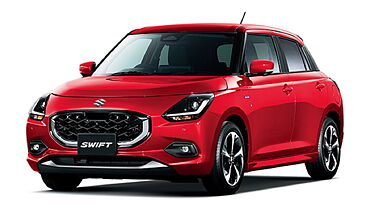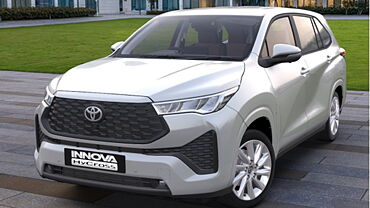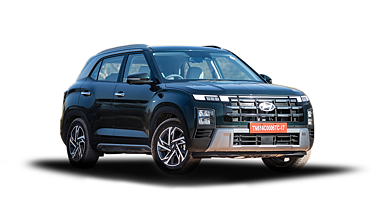Cars in India typically tend to operate in hot or rain-swept weather conditions. As such, their tyre choices as well as other preps tend to be in that direction. However, there are quite a few misconceptions about motoring along in the cold months.
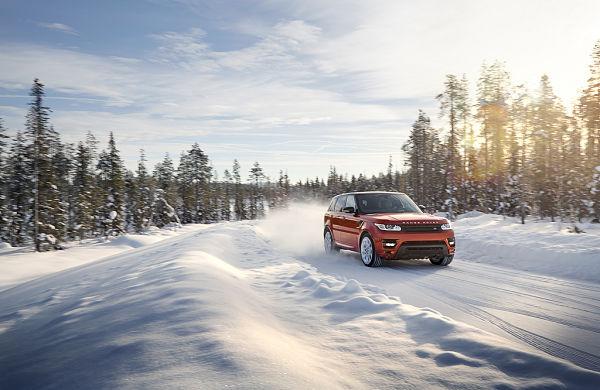
- Some of you might laugh about winter car driving in India, but to those who live on the road, it can make all the difference. Given how we’re switching to taller, SUV-esque cars, there’s a certain feeling of invincibility that seems to be settling in too among drivers. Be careful though, especially those that live along the mountains. These cars, while equipped with the ability to go over rough terrain, can get a fair bit handful in the twisties. Their higher ground clearance needs to be factored into the driving scenario.
- One of the key winter car driving myths is surrounding the usage of tyres. Climate specific car tyres may be extremely limited in their usability, but if you are living up in the mountains where it does snow a fair bit, they can be real life-savers.
- These days, electronic aids such as Anti-Lock Brakes & Electronic Stability Programs have led to cars going faster & in a more stable manner than ever before. It is however, a sobering thought to remember, that in the fight against mother nature, humans always have to beat a retreat. So ABS or not, keep speeds in check and brake earlier than usual when the mercury starts to drop.
- Similarly, 4-Wheel Drive or All-Wheel Drive systems can be a boon as well. The key here too is to keep in mind, that you’re not invincible behind the wheel. When things are slippery and the winters cold, no amount of AWD or 4WD will keep you on the road if you overdo things.
- Cars in India are typically driven at speeds above the specified limit. However, in adverse conditions, it truly makes sense to stick to the limit, in the interest of safety, even if you’re confident of maintaining a higher speed.
Lastly, all-lights blazing is definitely the wrong way to go when the mercury starts to drop. Lights tend to get scattered and can end up blinding fellow motorists and increasing the chances of accidents. The best thing to do is switch to a low beam and use fog-lamps only when necessary.



